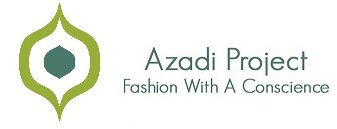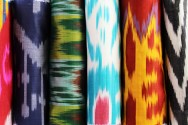Ikat (ee-kat) is considered one of the oldest forms of textile decoration. This ancient technique produces stunning and unique patterns on a range of textiles such silk, cotton and velvet. Due to it’s ancient past and it’s prominence in textile design throughout numerous regions, the exact origin of this technique remains unknown.
The Technique:
The word Ikat itself is an Indonesian language word which refers to the finished textile design, but can also mean to “tie” or to “bind.” Ikat is created by skilled artisans using a resist-dye technique that is elaborate and time consuming. Before the fabric is woven, some threads are bundled using die resistant materials so the die cannot penetrate a portion of the thread. After untying the various bundles, the dyed thread doesn’t perfectly align with the dye resistant thread, thus creating the beautiful effect that characterizes this technique. Various combinations of binding and dying, using multiple colours creates intricate Ikat patterns.
The Artisans:
Despite the diverse history of this stunning decorative technique, today, there are so few authentic Ikat weavers in world. Our partners, IkatUZ employs over twenty-five weavers and master weaver Rasuljon now teaches the historical Ikat craft art across the world. Today, the success, and the livelihoods of weavers who work with IkatUZ, depends on reviving traditional techniques, bringing ancient patterns back to life as well as creating contemporary designs.
Our Partnership:
Azadi Project hopes to make Ikat a regular feature in our current and future collections. In keeping with our mission, Azadi Project aims to help preserve and showcase the indigenous crafts of disadvantaged artisans and producers.

